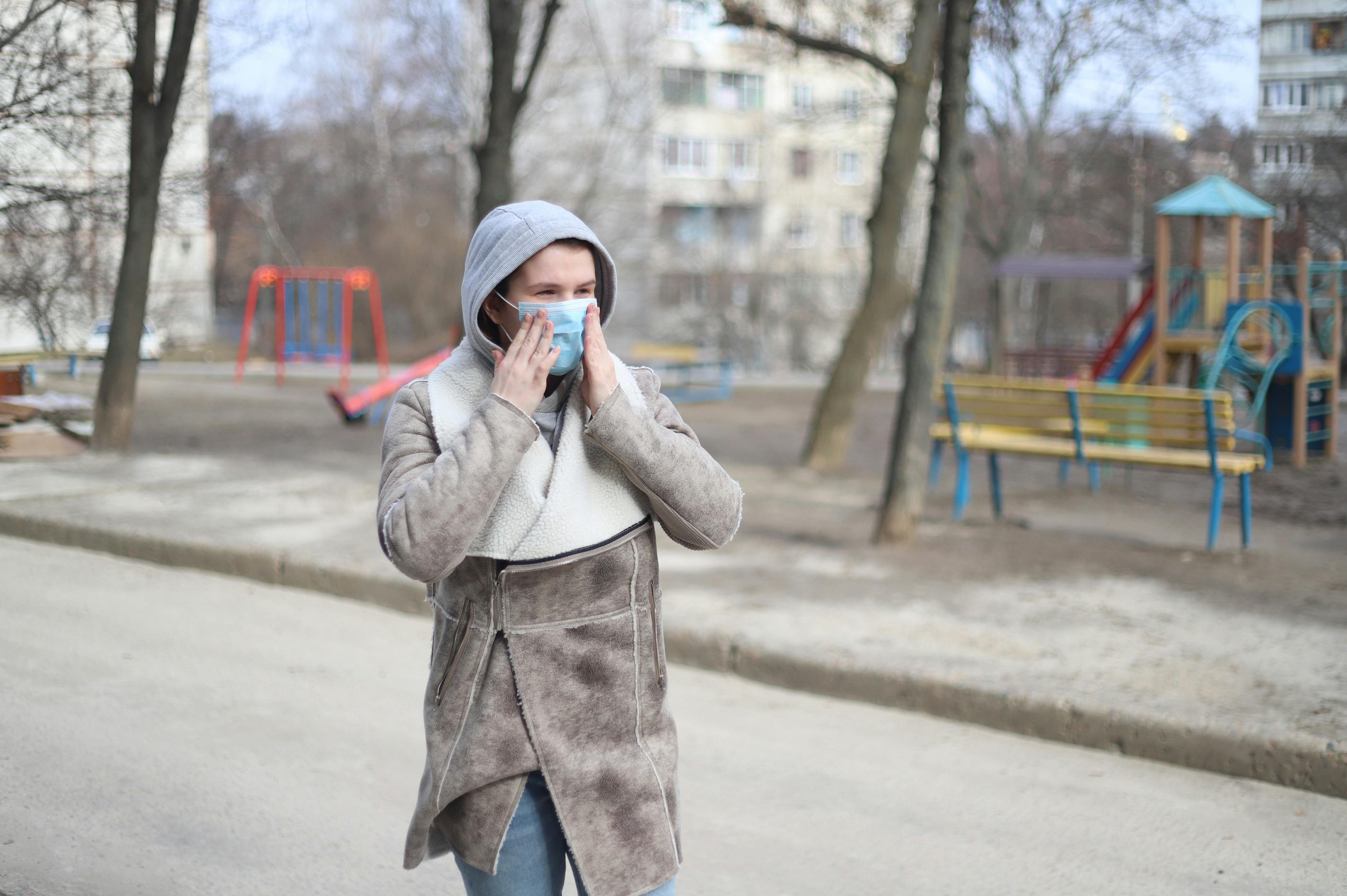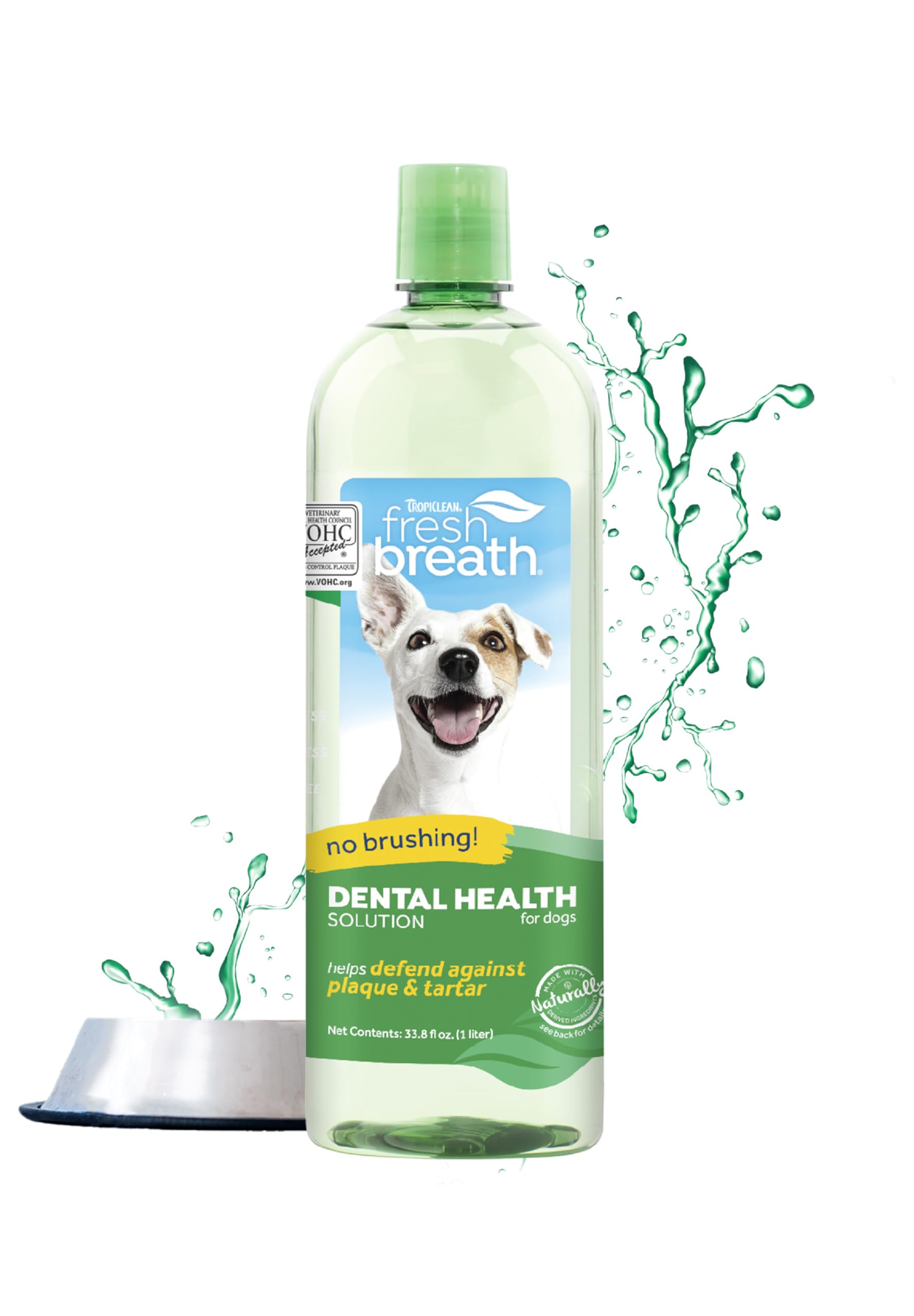How to Properly Draw Anime Face: Essential Tips for 2025

How to Properly Draw Anime Face: Essential Tips for 2025
Drawing anime faces is a popular skill sought after by many aspiring artists and enthusiasts alike. As we step into 2025, understanding the foundational elements of anime art becomes increasingly important not just for creating visually appealing characters but also for developing a unique artistic style that resonates with fans of the genre. In this guide, we will explore essential tips and techniques on how to draw anime faces, focusing on anatomy, proportions, facial expressions, and more. Whether you're a beginner looking for a structured approach or an experienced artist seeking to refine your skills, this article provides valuable insights to enhance your anime drawing journey.
This tutorial will cover various aspects of drawing anime faces including proportions, different facial features, common mistakes to avoid, and tips for bringing expressiveness into your characters. You will also discover styling options and how to incorporate unique elements in your anime character designs. By the end of this article, you should have a clearer understanding of how to approach drawing anime faces and the resources available for further learning.
Let's dive into the essential features of anime faces and get started on your artistic journey!
Essential Techniques for Drawing Anime Faces
Building your skill in drawing anime faces requires a solid foundation. Understanding the fundamentals of anatomy and proportions is essential. This links directly to how to develop depth in your artwork. With the right techniques, you can capture the unique aesthetics of anime.
Understanding Anime Face Anatomy
The anatomy of the anime face is unique and differs significantly from realistic human anatomy. It is crucial to know the basic facial structure and proportion guidelines essential for effective character design. Generally, anime faces have larger eyes, smaller noses, and simplified features compared to real human faces.
To start, consider the shape of the head. Generally, anime heads can be round or oval. The forehead typically represents a significant part of the upper head, while the chin is sharper or pointed. This aspect affects how you will sketch the rest of the facial features.
Next, knowing the positions of key facial feature elements is followed by understanding their proportions. For example, drawing the eyes about halfway down the head allows for a fuller expression. The mouth and nose will follow suit in relation to the eye placement. Pay attention to how these features harmonize with one another to create a cohesive look.
With these basics established, you're ready to progress into more detailed aspects of drawing anime faces.
Proportions for Anime Characters
Drawing proper proportions is vital when sketching anime faces. Although anime styles can be exaggerated or stylized, adhering to certain dimensions will enhance the visual appeal and ensure believability in your character designs.
Typically, the head can be divided into thirds for the placement of facial features: the upper third is reserved for the forehead, the middle holds the eyes and the nose, and the lower third corresponds to the mouth and chin. Keep these measurements in mind while sketching.
Practice by drawing various head shapes and proportions. For instance, practice sketching both male and female anime faces, noting the differences, particularly in jawline and eye shapes. This will help you grasp the variability in proportions across different character designs.
Utilizing references for different faces can also practice understanding diverse anime styles, allowing you to experiment with captures facial dimensions uniquely.
Drawing Facial Features: Eyes, Nose, and Mouth
When it comes to facial features, eyes play a fundamental role in expressing emotions and character personality. Creating a captivating pair of eyes involves understanding their anatomy, shapes, and styles. In anime, eyes are often large, which enhances expressiveness. Experiment with various shapes and sizes to find the style that suits your character.
The nose and mouth in anime are often simplified compared to real life. The nose tends to be small, and you can create different perceptions by adjusting the angle and detail. The mouth varies dramatically with expressions, so understanding how to draw mouth shapes for various reactions is essential.
Practice drawing eyes, noses, and mouths in different expressions and angles. Consider how the emotion impacts the lines and shapes you create and incorporate that into your practice routines.
Tips for Common Mistakes in Anime Drawing
As a beginner artist, you'll inevitably encounter common mistakes while learning. Identifying these pitfalls can save you time and frustration as you hone your skills. Avoiding errors is a crucial step in mastering how to draw anime faces.
Common Mistakes in Drawing Anime Faces
One significant mistake is neglecting the overall proportions. Ignoring the head shape or misplacing features can drastically change the character’s likeness. Make sure to use guidelines to keep your proportions consistent as you draw.
Another common issue is the over-detailing of features. While it might be tempting to add intricate details, remember that simplicity is often key in anime art. Focus on clean lines and essential features in your initial sketches.
Additionally, failing to capture expressions can make your characters feel flat. Spend time studying how different emotions are represented in anime and practice translating those feelings into your drawings.
Using References for Anime Art
Incorporating references in your practice can refine your technique. Use anime art books, online tutorials, and examples from your favorite shows to inspire your drawings. Observing how experienced artists depict faces can offer insights into differing styles and techniques.
Resources like online tutorials can provide you with structured lessons from basics to advanced techniques. Following other artists on platforms like Instagram or DeviantArt can also enhance your understanding and provide feedback opportunities.
Coloring Anime Faces: Bringing Your Characters to Life
Coloring techniques are vital in enhancing the visual appeal of your anime drawings. Mastering color can add depth, emotion, and a unique flair to your artwork.
Exploring Color Theory for Anime Art
Understanding color theory helps in making effective color choices. Apply complementary colors to create harmony and contrast among elements. Often in anime, colors will be stylized for emotional effects, so having a grasp of warm versus cool tones can alter viewer perceptions effectively.
Experiment with color palettes to discover combinations that define your artistic style. Use cooler tones for somber emotions and warm tones for vibrant or cheerful scenes. Trying out different blending techniques can create dynamic effects in your coloring.
When coloring skin tones and hair, remember that anime often stylizes these features, so enjoy the freedom to play with exaggerated shades!
Shading Techniques for Depth
Shading adds depth and dimension to your characters, making them feel more lifelike. Use simple shadows that follow the form of the face to accentuate features like cheekbones and jawlines. Consider the light source’s direction when applying shadows to ensure consistency.
Experiment with different shading techniques, such as hatching or cross-hatching, to find what works best for your style. Additionally, blending techniques using tools or digital software can create smooth gradations.
Conclusion: Advancing Your Anime Drawing Skills
With the right practices, resources, and techniques, you’ll be able to master how to draw anime faces effectively. Emphasizing fundamentals such as anatomy, proportions, and expressions will elevate your character designs. Continually assessing your progress and seeking feedback from fellow artists can further enhance your skills.
Remember that every artist starts somewhere, and developing a unique style takes time and dedication. Engaging in the anime artist community and participating in challenges can provide motivation and inspiration. Always have fun with what you create, and explore the diverse avenues available within the anime art form!
 example.com/image2.png
example.com/image2.png
 example.com/image3.png
example.com/image3.png